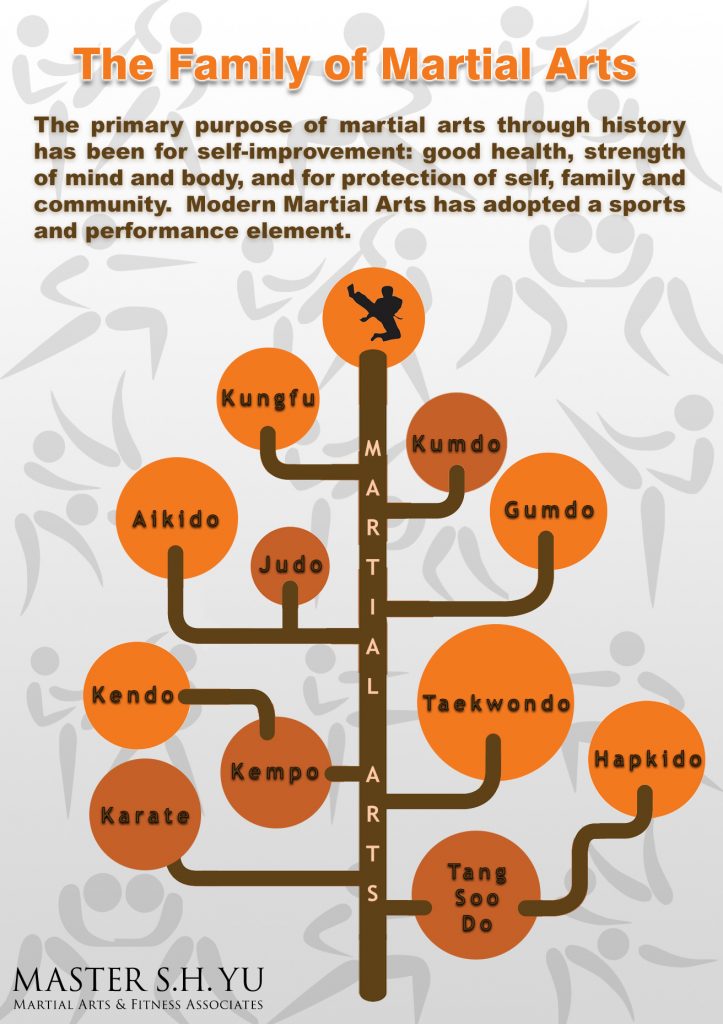Are you tired of sensation bewildered by the huge world of fighting styles? With a lot of designs to pick from, it can be simple to obtain lost in a sea of punches, kicks, and mystical names. But anxiety not!
This conversation will demystify the various martial arts styles, taking you on a trip from the effective strikes of Martial arts to the vibrant kicks of Taekwondo. Get ready to uncover the origins, methods, and approaches behind these old art forms.
So, tighten your belt and prepare to start an informing expedition right into the exciting world of martial arts.
Origins of Martial Arts Styles
The origins of martial arts styles can be mapped back to old civilizations and their demand for self-defense and combat techniques. Throughout history, different cultures created their own special methods of battling, each with its own set of strategies and ideologies.
In China, as an example, fighting styles designs such as Kung Fu and Tai Chi were established as a way of self-defense and boosting physical and psychological health.
In Japan, the samurai warriors developed designs like Martial arts and Judo, concentrating on self-control, accuracy, and proficiency of the body.
Similarly, in Korea, Taekwondo emerged as a fighting style emphasizing high kicks, rapid motions, and psychological stamina.
These early worlds laid the foundation for the varied selection of fighting styles designs that exist today, each with its very own abundant background and cultural value.
Methods and Educating Approaches
To understand martial arts styles, professionals have to learn different strategies and training techniques.
Strategies are the particular activities and activities used in fight, such as punches, kicks, throws, and blocks. Different fighting styles designs have their very own unique collection of techniques that experts need to understand through extensive training.
Educating methods vary depending upon the style, however they generally entail a combination of physical fitness, drills, sparring, and types.
Physical fitness is crucial to build stamina, adaptability, and endurance. https://www.fox13now.com/news/local-news/elizabeth-smart-suu-team-up-to-offer-self-defense-courses -tune their techniques and boost their rate and precision.
Sparring permits professionals to exercise their methods in a managed, reasonable atmosphere. Forms, also referred to as kata, are prearranged sequences of movements that aid practitioners develop muscle memory and focus.
Ideologies and Concepts
Exploring the approaches and principles of martial arts styles can give you with a deeper understanding of your selected discipline. Each fighting style has its very own one-of-a-kind approach and set of directing principles that shape the means it's practiced.
As an example, Karate emphasizes self-control, regard, and self-constraint. It educates specialists to focus their body and minds, enabling them to defend themselves while preserving a feeling of inner tranquility.
On https://cons-of-martial-arts-for75420.atualblog.com/38665137/which-design-of-young-people-martial-arts-appropriates-for-your-youngster , Taekwondo places a solid emphasis on speed, dexterity, and versatility. Its concepts are rooted in the tenets of politeness, integrity, perseverance, self-control, and indomitable spirit.
Conclusion
Now that you've discovered the origins, techniques, and ideologies of various martial arts styles, you have a much deeper understanding of these old techniques.
Picture a young karate trainee, exercising with steady decision and emphasis, appearing boards with an effective strike.
Their journey showcases the commitment and strength required to grasp a martial art, reminding us that with technique and perseverance, anything is feasible.
